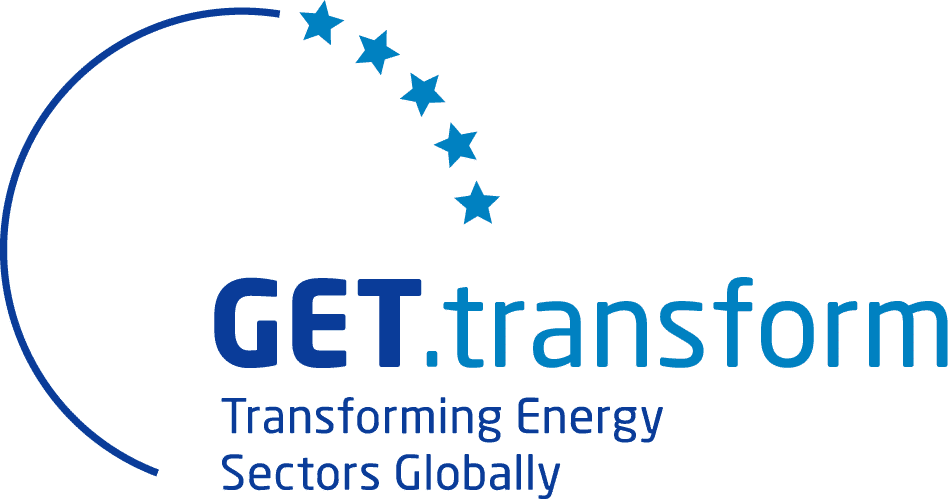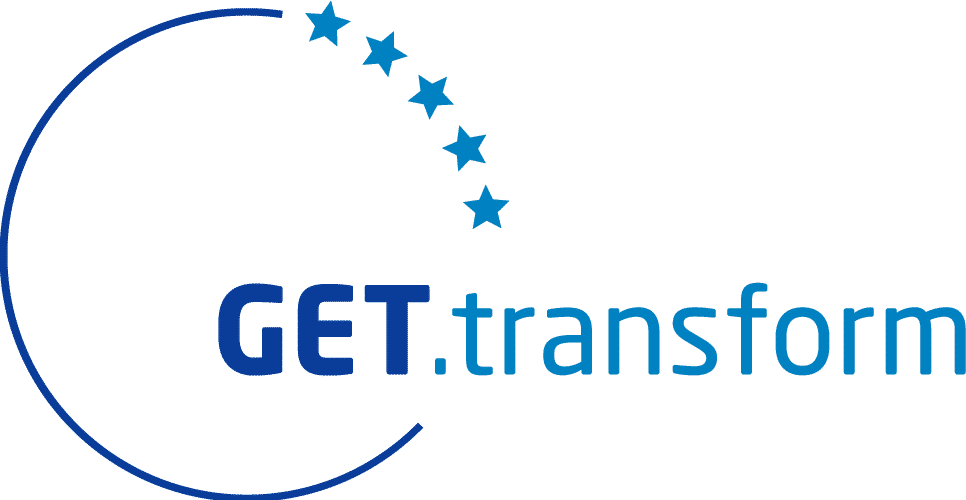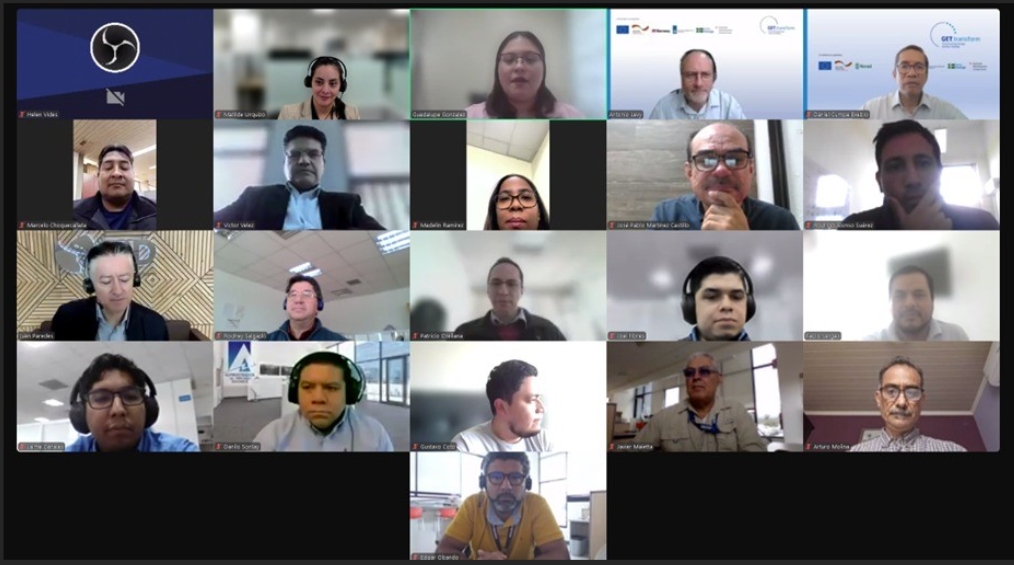Energy sector representatives from Latin America and the Caribbean have delved into best practices in solar and wind energy forecasting. Sixty five participants from twelve countries gathered for a regional webinar organised by the RELAC initiative in collaboration with the Inter-American Development Bank (IDB) and GET.transform.
The session drew on findings from a GET.transform technical brief titled “International Best Practices for Solar and Wind Forecasting” and the final study. Daniel Cumpa, GET.transform Country Coordinator for Peru, presented the international best practices highlighting the challenges of forecasting and short-term planning solar and wind energy , and hence emphasized the need for reliable meteorological models. Further tapping into case studies from Mexico, Chile, and the Dominican Republic, the study revealed how specialised forecasting services and models help reduce forecasting errors and improve system operation.
Pablo Vargas, Deputy Director of Programming at COES, presented the forecasting pilot results in relation to Peru’s installed capacity, electricity generation, and renewable generation potential. Since the regulatory amendment in January 2025, COES is now able to use both agents’ and its own forecasts to optimise short-term dispatches. The pilot project led to a reduction in reserve requirements and improved reliability, resulting from adopting centralised forecasting as opposed to conventional methods, using the eclipse of October 2024 as an example.
GET.transform’s involvement in this initiative reflects its commitment to supporting national and regional partners in advancing their energy transitions. Together with RELAC, the collaboration is helping LAC countries to leverage international best practices in moving toward their shared goal of a 70% share of renewable energy in their electricity generation by 2030.



